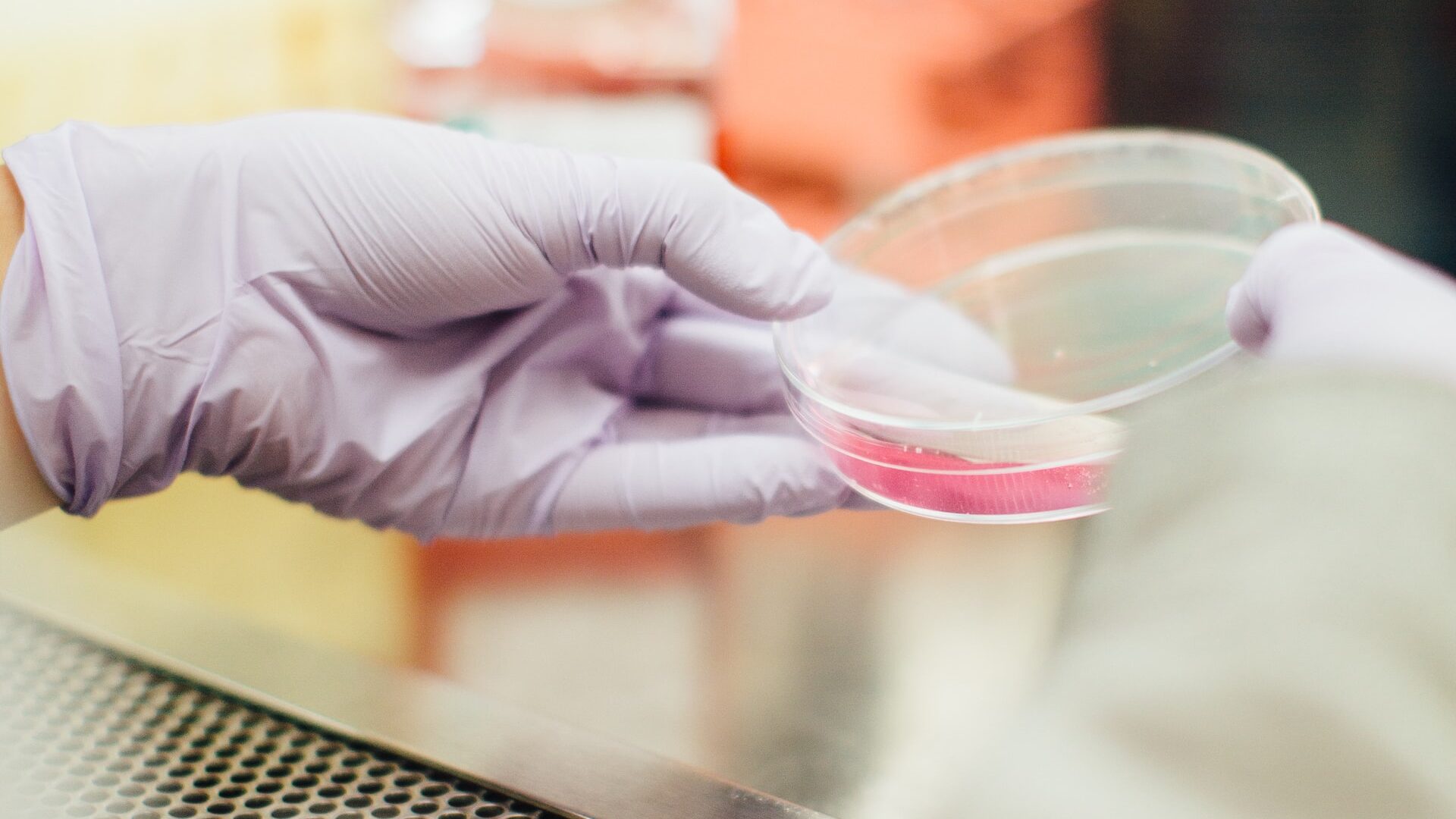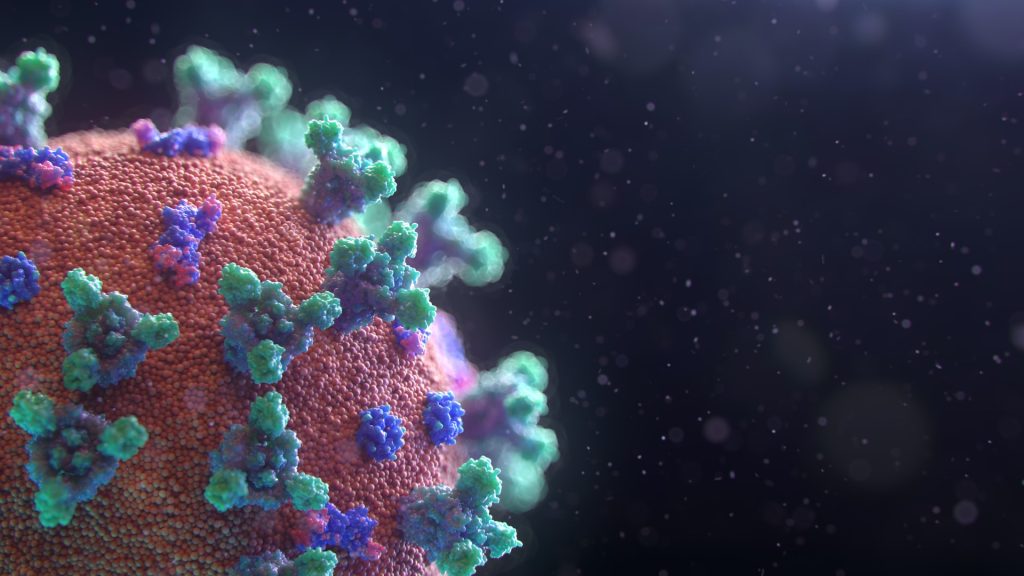New Printable Biosensor Could Guide Surgery

Surgeons may soon be able to pinpoint critical regions in tissues during surgery without interruption thanks to a new, 3D-printable biosensor.
Associate Professor Chi Hwan Lee created the biosensor, which enables both recording and imaging of tissues and organs during a surgical operation. Research on the biosensor was published in Nature Communications.
Prof Lee explained the benefits of such devices: “Simultaneous recording and imaging could be useful during heart surgery in localising critical regions and guiding surgical interventions such as a procedure for restoring normal heart rhythm.”
Existing methods to simultaneously record and image tissues and organs have proven challenging because other sensors used for recording typically interrupt the imaging process.
“To this end, we have developed an ultra-soft, thin and stretchable biosensor that is capable of seamlessly interfacing with the curvilinear surface of organs; for example the heart, even under large mechanical deformations, for example cardiac cycles,” Prof Lee said. “This unique feature enables the simultaneous recording and imaging, which allows us to accurately indicate the origin of disease conditions: in this example, real-time observations on the propagation of myocardial infarction in 3D.”
The biosensors are made of soft bio-inks and are rapid-prototyped to a custom-fit design, fitting a variety of sizes and shapes of an organ. The bio-inks used are softer than tissue, and can stretch without experiencing sensor degradation but also have reliable natural adhesion to the wet surface of organs without needing extra adhesives. The formulation and synthesis of the bio-inks was thanks to Kwan-Soo Lee’s research group in Los Alamos National Laboratory.
The researchers have produced a number of prototype biosensors using different shapes, sizes and configurations. Craig Goergen, the Leslie A Geddes Associate Professor of Biomedical Engineering in Purdue’s Weldon School of Biomedical Engineering, and his laboratory group have tested the prototypes in mice and pigs in vivo.
“Professor Goergen and his team were successfully able to identify the exact location of myocardial infarctions over time using the prototype biosensors,” Prof Lee said. “In addition to these tests, they also evaluated the biocompatibility and anti-biofouling properties of the biosensors, as well as the effects of the biosensors on cardiac function. They have shown no significant adverse effects.”
Source: Purdue University
Journal information: Kim, B., et al. (2021) Rapid custom prototyping of soft poroelastic biosensor for simultaneous epicardial recording and imaging. Nature Communications. doi.org/10.1038/s41467-021-23959-3.






